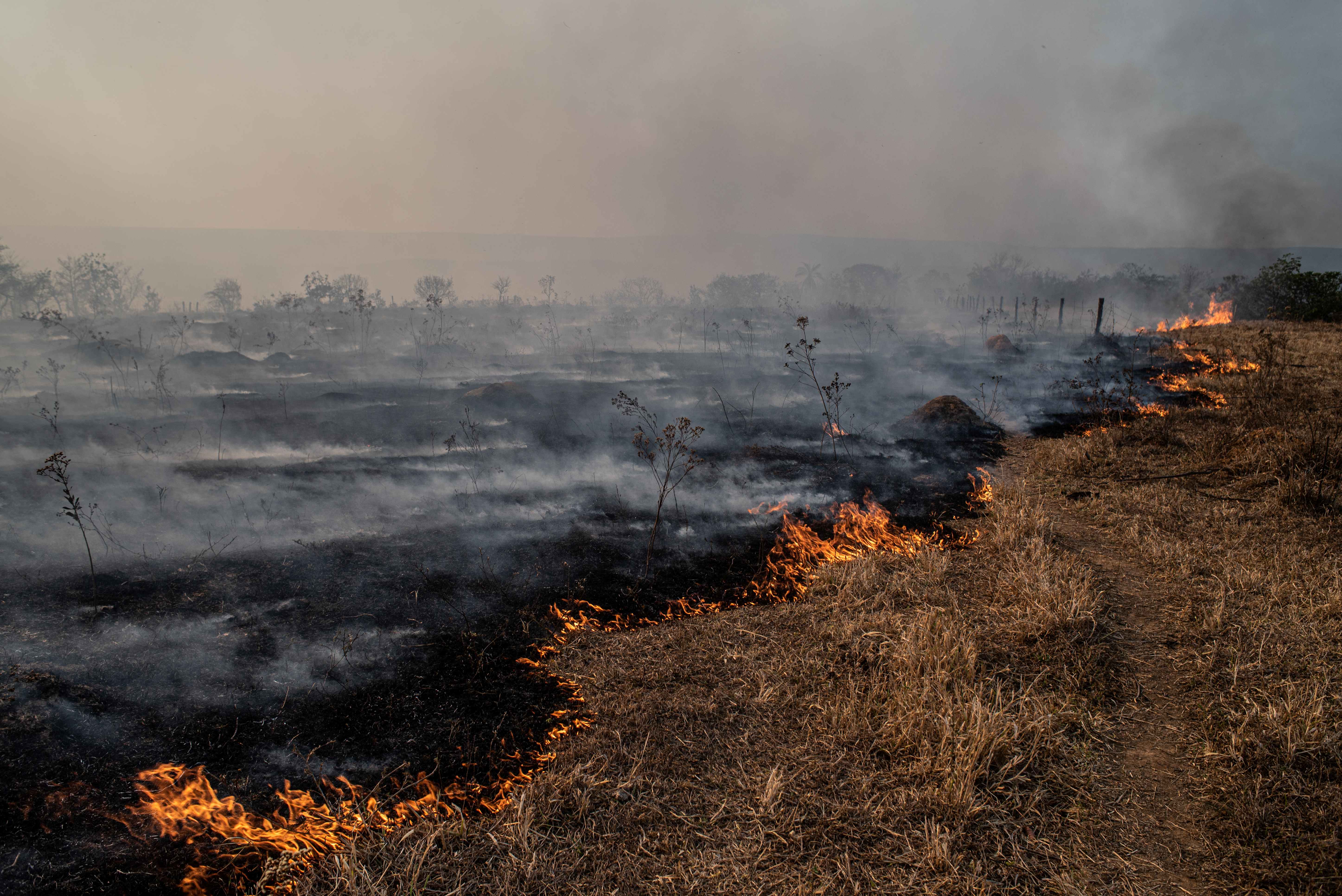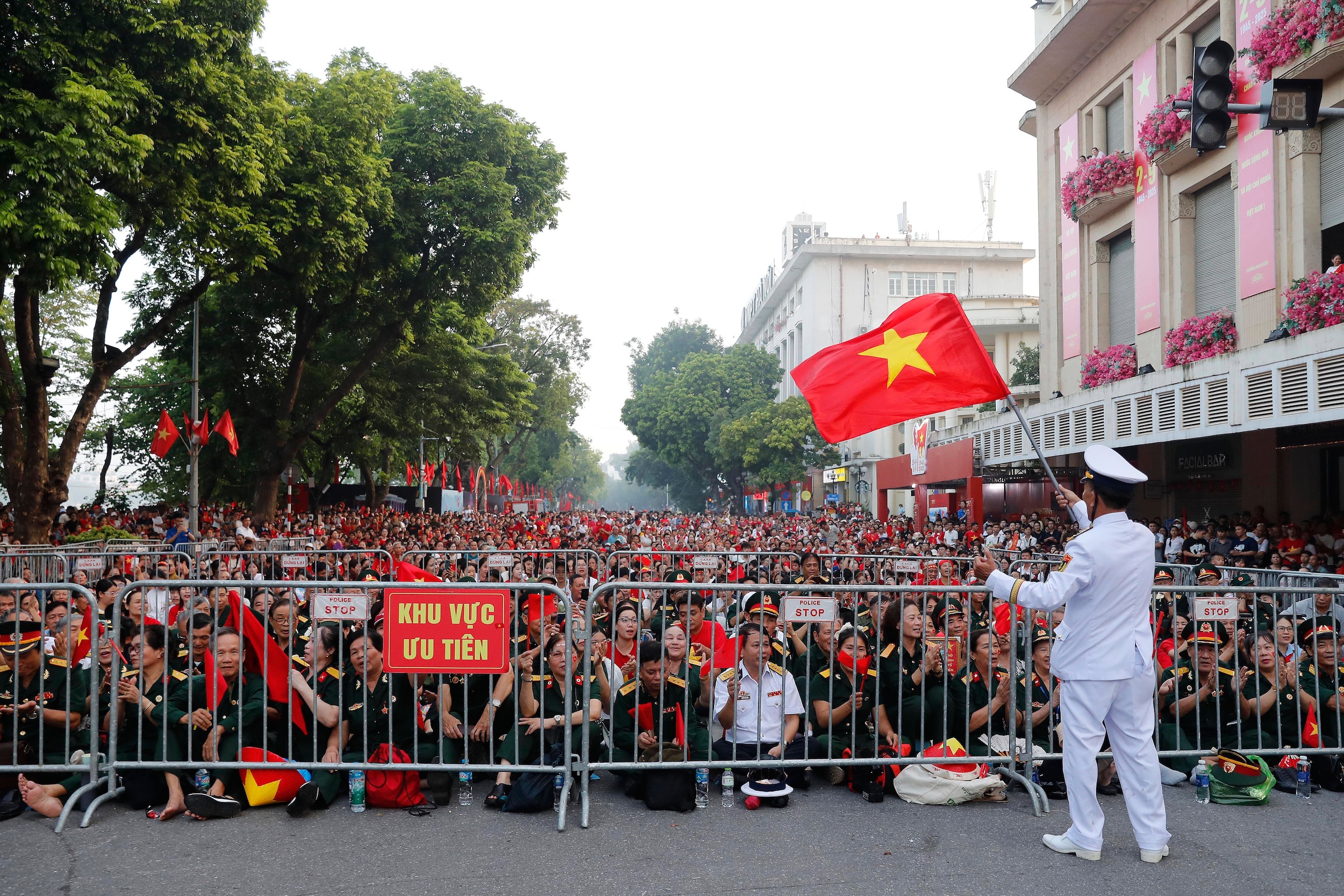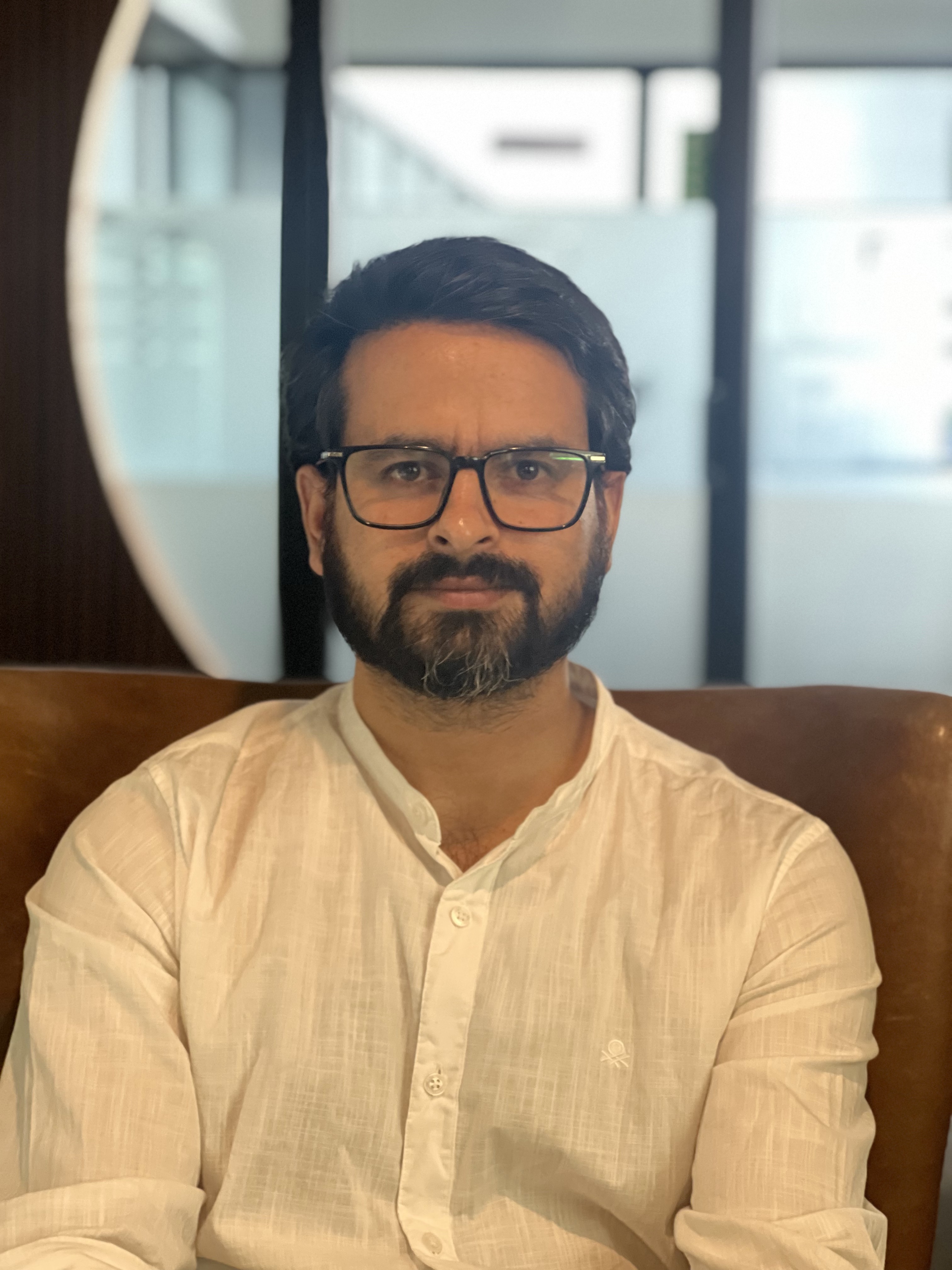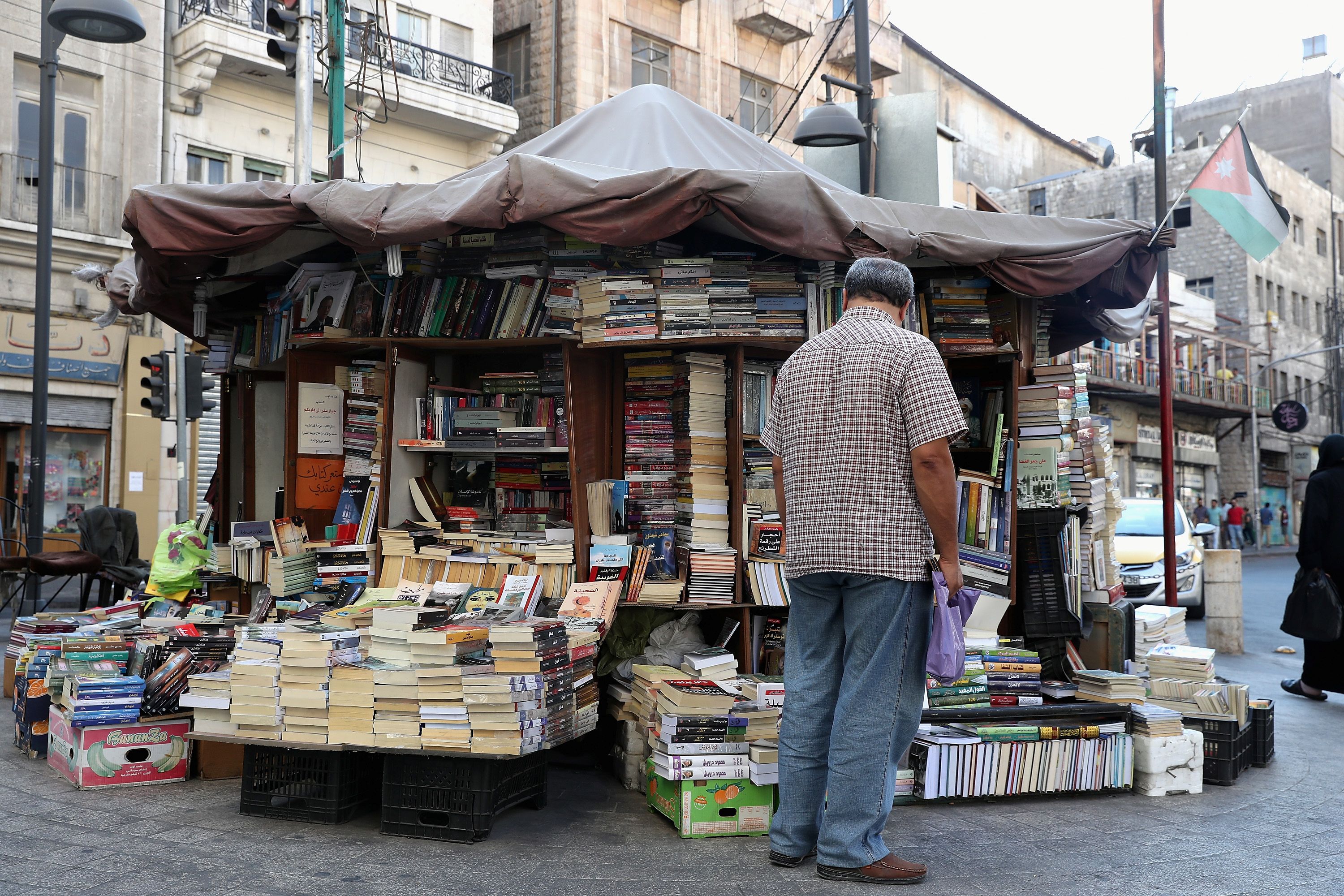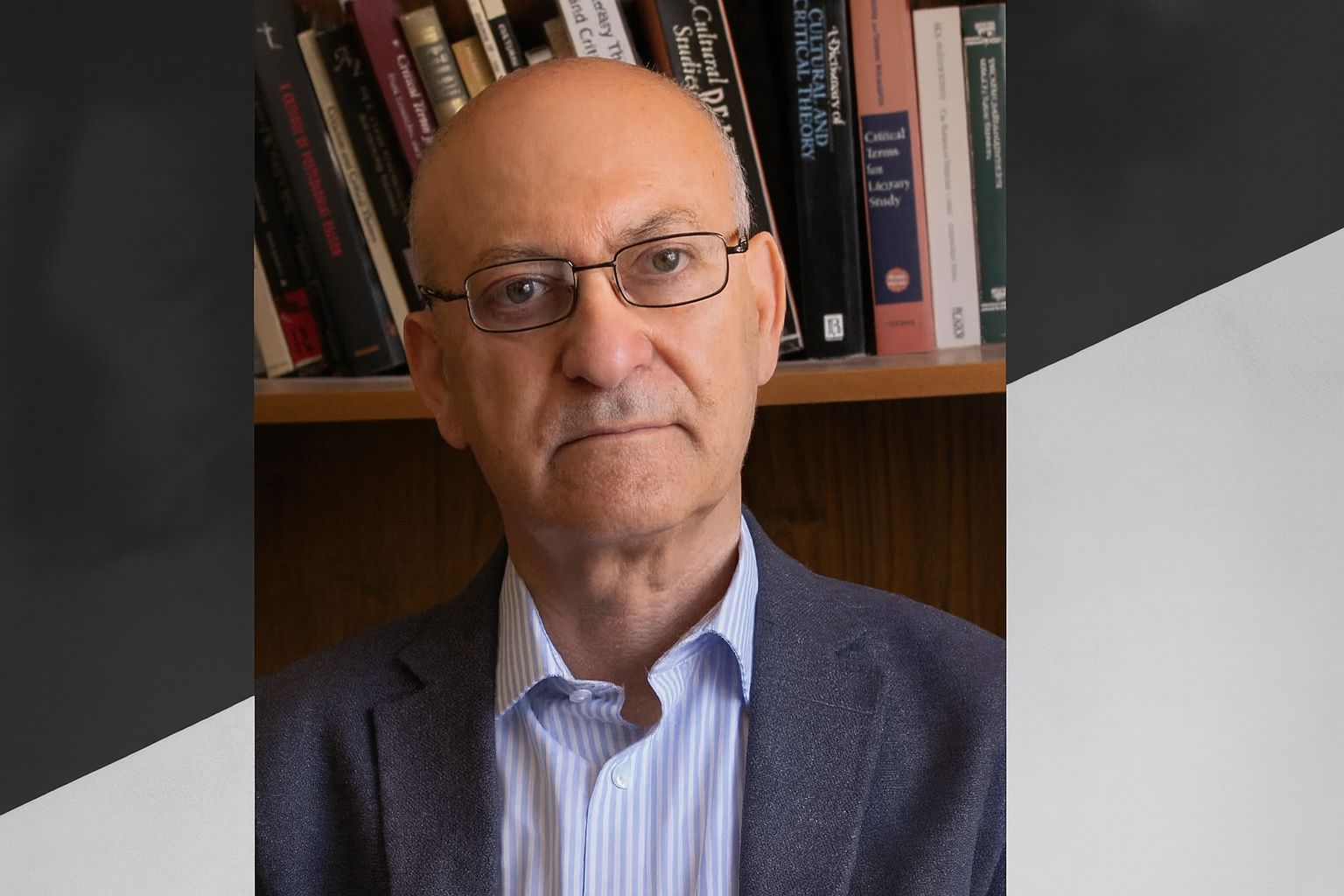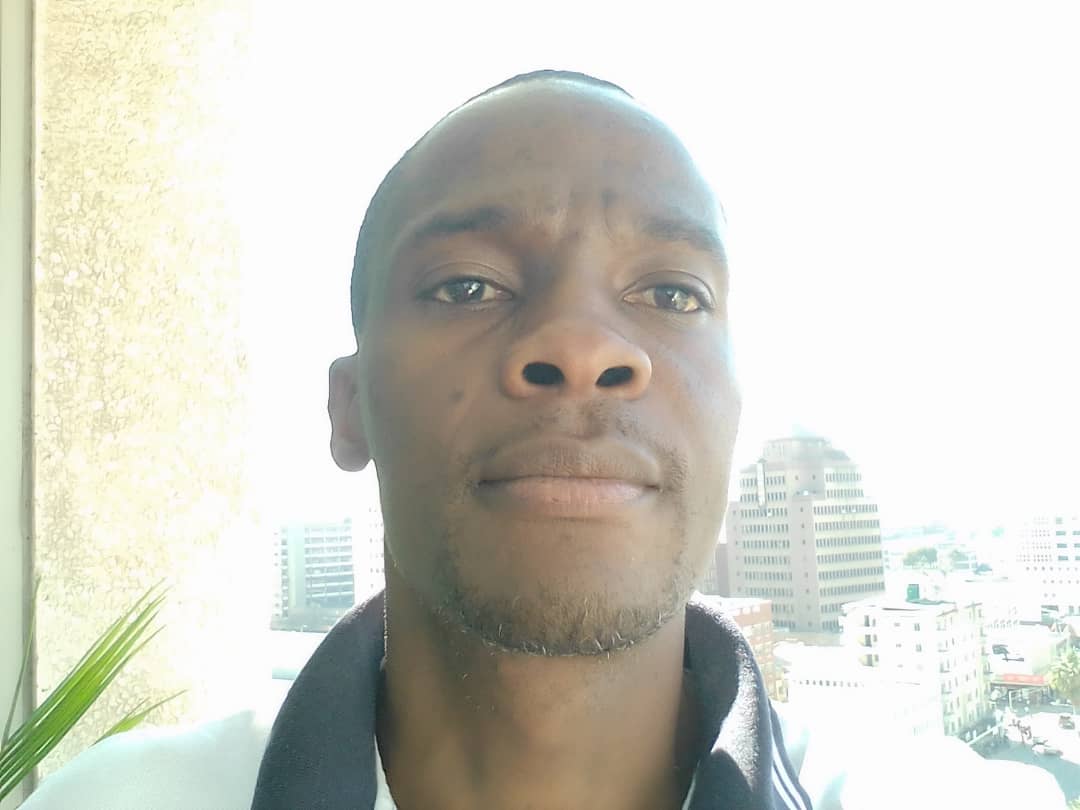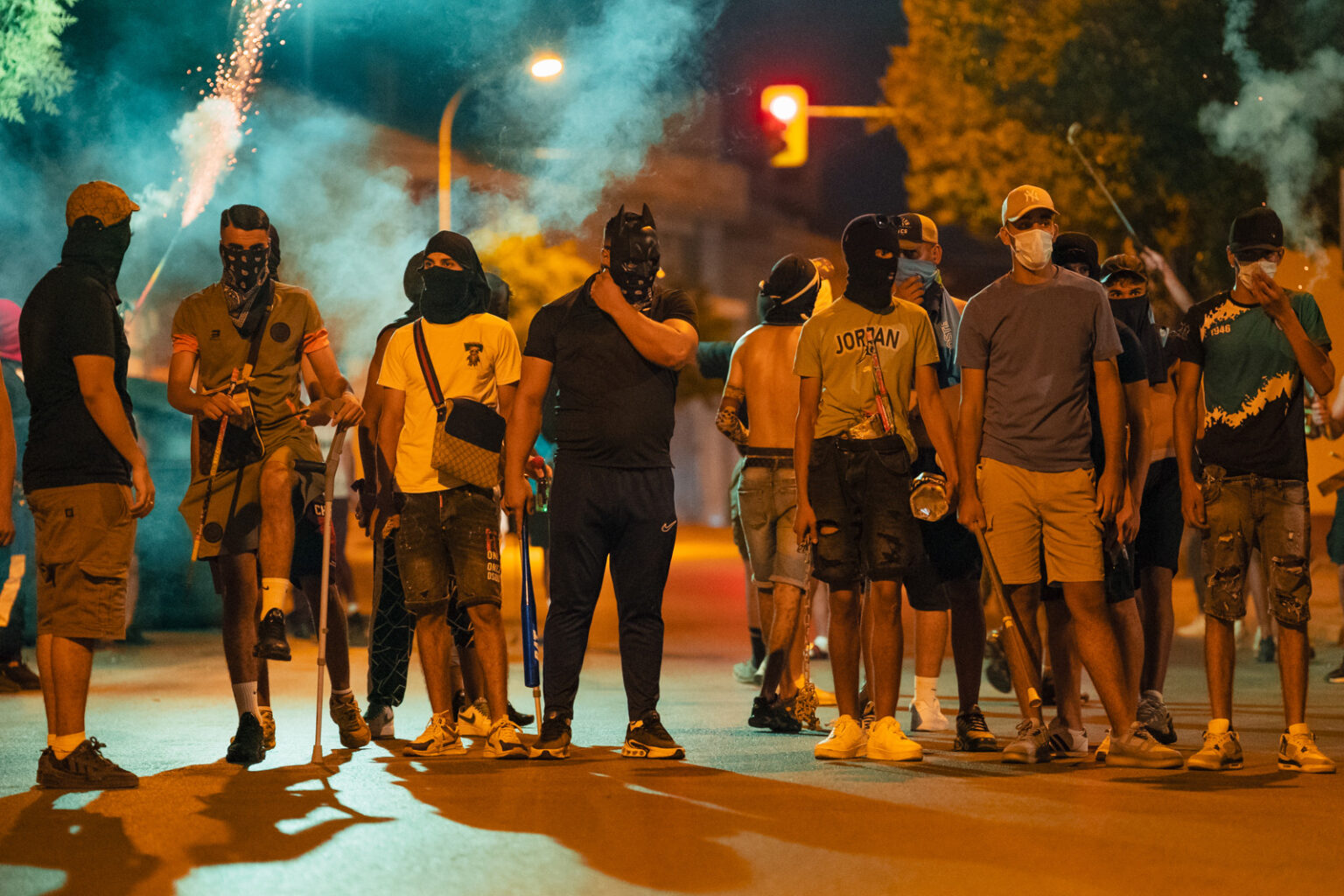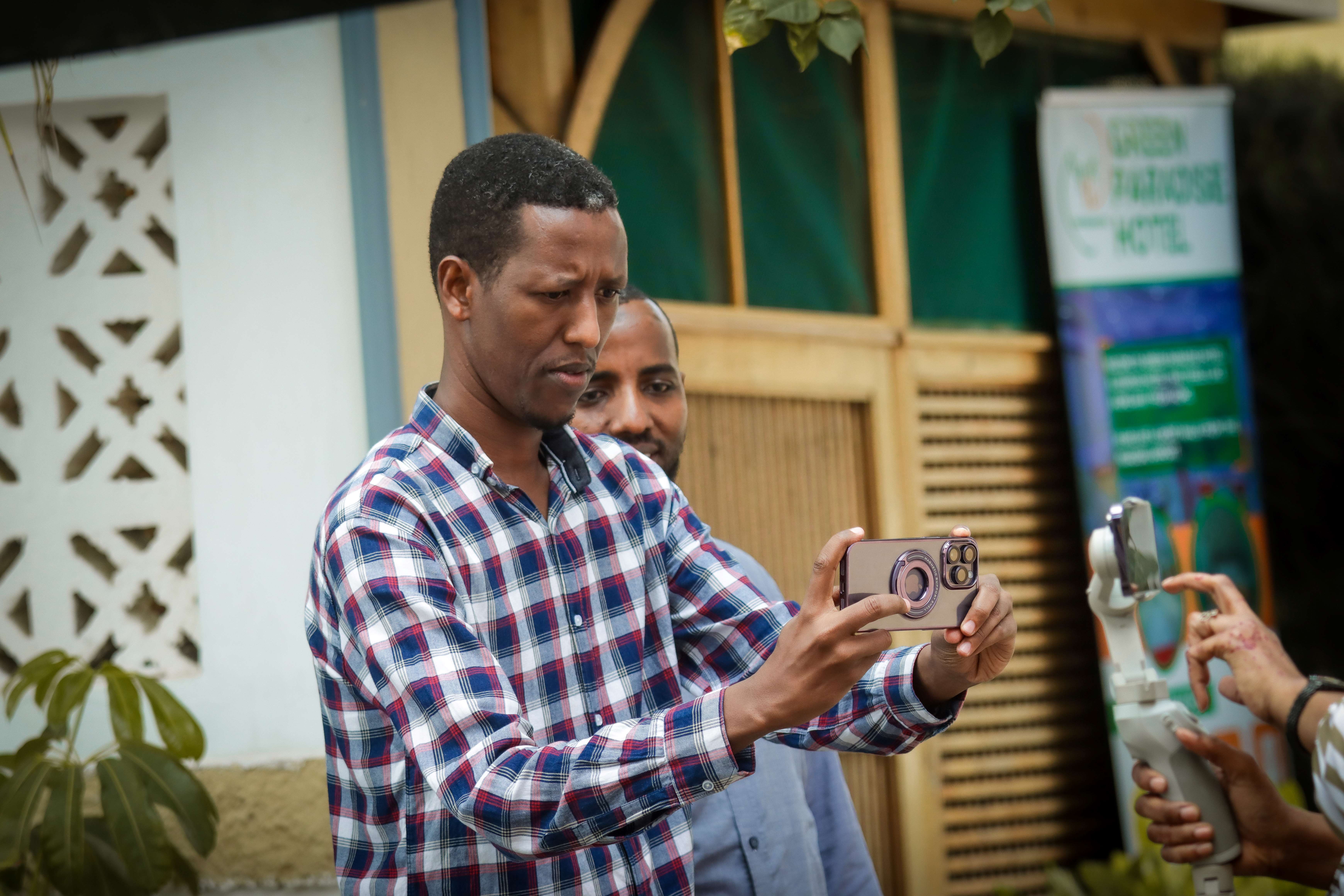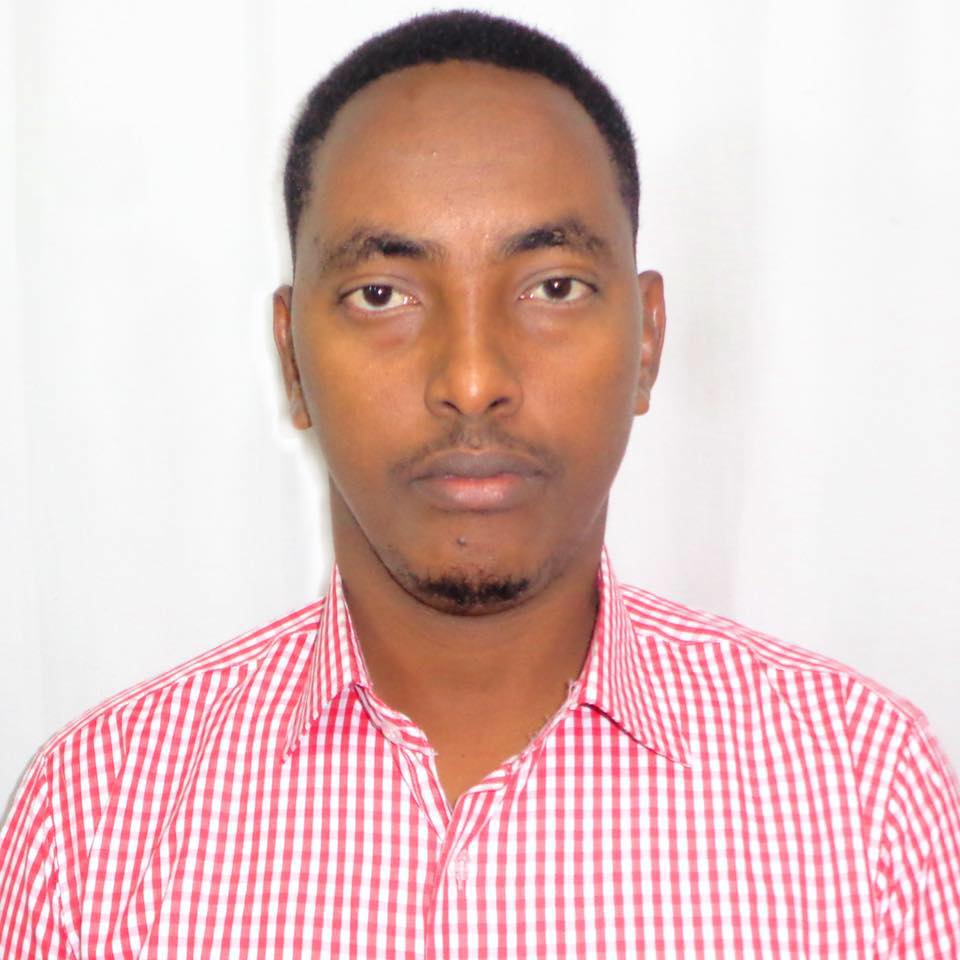أكتب لكم هذه المادة ضمن نظام العمل الحر (الفريلانس) بالقطعة، في يوم عطلتي الرسمية من داخل أحد مقاهي إسطنبول، حيث أحاول محاكاة الصور التي أُشاهدها عبر المنصات الرقمية لشبان وشابات وهم يؤدون أعمالهم بكل أريحية وهم يرتشفون قهوتهم في المقاهي أو أي مكان يفضلونه، ودون الاضطرار للتعامل الرسمي مع زملاء العمل بأي شكل من الأشكال. وللمصادفة، تجلس على يميني شابة منهمكة في إعداد مادة صحفية باللغة الإنجليزية، وعلى يساري شاب تركي ألماني يعمل على ترجمة وتحرير مادة صحفية. فضولي الصحفي دفعني للتواصل معهما والتعرف على طبيعة أعمالهما، حيث تبين أنهما يعملان ضمن نظام العمل الحر الذي يفضلانه عن العمل الثابت لدوره في فتح الآفاق أمامهما للتطور، والعمل لدى عدد من الجهات بدلاً من التعامل مع مؤسسة واحدة. والأهم كسر تقاليد العمل المعروفة من حيث الالتزام بالدوام المكتبي والتعرض للضغوطات المهنية لعدد من الساعات يومياً.
مع انتشار المبادرات الرقمية والتطور التكنولوجي خلال السنوات الأخيرة، بدأت تزدهر وظيفة الفريلانس أو العمل الحر بصورة مطردة. وبخلاف المتعارف عليه منذ عقود، فإن العمل الحر لا يُعد هذه الأيام مهرباً من الالتزامات التي يتطلبها العمل الثابت والدوام اليومي، من حيث الاستيقاظ في ساعات مبكرة واستخدام المواصلات العامة، مما يترتب عنه تحمل مشقات السفر لمسافات طويلة أحياناً، والالتزام بساعات العمل داخل المؤسسة...، بل أصبح العمل الحر، خياراً للآلاف إن لم يكن للملايين حول العالم. فما هي طبيعة العمل الحر ومن هم الصحفيون العاملون ضمن هذا النظام؟

(شتر ستوك).
الفريلانس والفريلانسرز
يعني الـ Freelance العمل الحر وفق الترجمة العربية الحرفية، ويشير المصطلح صحفياً للعمل بشكل مستقل وحر دون الانتماء لأي مؤسسة أو جهة معينة، ويمكن للموظفين العاملين ضمن هذا النظام "فريلانسرز" تأدية مهامهم بصورة مستقلة، ومن أي مكان يفضلونه وضمن الجدول الزمني الذي يضعونه لأنفسهم والساعات التي يرونها مناسبة، لإنتاج مادة ما لصالح مؤسسة. وللعمل الحر عدة أشكال أهمها: العمل ضمن نظام القطعة، ويعني أن يُنتج الصحفي الحر مواد صحفية بالعدد الذي تطلبه منه جهة ما، قد يكون قطعة أسبوعياً أو شهرياً وفق أهداف المؤسسة ومتطلباتها، والشكل الثاني؛ فهو العمل بساعات مشابهة لساعات العمل الثابت ضمن عقود مؤقتة ودون حقوق، وفي هذه الحالة قد تصل ساعات العمل إلى 45 ساعة أسبوعياً، على أن يتم عن بُعد (أونلاين)، أما الشكل الثالث فهو العمل الحر بدوام ثابت من داخل المؤسسة الصحفية المعنية، وهنا من الممكن أن توفر المؤسسة للموظف الحر جزءاً يسيراً من الحقوق الاجتماعية، مثل تسهيل إصدار إقامة العمل على سبيل المثال، أو الموافقة على منح إجازة مرضية مدفوعة.
يعني الـ Freelance العمل الحر وفق الترجمة العربية الحرفية، ويشير المصطلح صحفياً للعمل بشكل مستقل وحر دون الانتماء لأي مؤسسة أو جهة معينة، ويمكن للموظفين العاملين ضمن هذا النظام "فريلانسرز" تأدية مهامهم بصورة مستقلة.
بكل الأحوال، لا تقتصر وظيفة الفريلانسرز/ الصحفيين المستقلين على شريحة معينة، بل ينخرط ضمن هذا النظام العديد من التخصصات التي يمكن تنفيذ مهامها عبر الفضاء الرقمي، ومن بينها العاملون في الصحافة والكتابة والأبحاث والدراسات والترجمة وإدارة المنصات الرقمية والإشراف عليها، وصناع المحتوى الرقمي وتكنولوجيا المعلومات وتحليل البيانات وغيرها الكثير. إذ مع الوقت يزداد نظام العمل الحر انتشاراً رغم ما يعانيه من قصور ومصاعب في عدد من الجوانب.
تحديات وفرص
تشير الأرقام إلى تنامي ظاهرة العمل الحر بشكل مطرد، وربما تكون أزمة فيروس كورونا من أهم الأسباب التي شجعت الكثيرين حول العالم على الالتحاق بهذا النظام، حيث فرضت كورونا آنذاك إجراءات عديدة على المؤسسات الصحفية لتقليل انتقال الفيروس بين الموظفين، ومن بينها العمل عن بُعد لمن تسمح طبيعة مهامهم الصحفية بذلك. بطبيعة الحال، وجد الكثيرون ضالتهم في العمل الحر في تلك الفترة وما بعدها، لما يوفره من هامش من الحرية ومرونة في العمل، وهما من أهم السمات الجوهرية للعمل الصحفي الحر، إلا أن العمل الفريلانس أو المستقل ليس وردياً في كل الأوقات، إذ يعاني بطبيعة الحال من مجموعة من التحديات، أهمها غياب الحقوق والامتيازات كالإجازات السنوية والمرضية المدفوعة من جهة العمل، وغياب الأمان الوظيفي، بحيث لا يوجد تعاقد دائم مُلزِم للمؤسسة الاعلامية، ولهذا السبب يكون من السهل جدًا التخلي عن الصحفي الحر في أية لحظة ودون أن يكون له أي تعويضات مادية وخلافها.
تواجه الصحفي الفريلانسر تحديات أهمها غياب الحقوق كالإجازات السنوية والمرضية المدفوعة من جهة العمل، وغياب الأمان الوظيفي، بحيث لا يوجد تعاقد دائم مُلزِم للمؤسسة الاعلامية، ولهذا السبب يكون من السهل جدًا التخلي عن الصحفي الحر في أية لحظة ودون أن يكون له أي تعويضات مادية.
كما يُعاني العاملون في الصحافة الحرة أيضاً، من رفض الاعتراف بهم من الجهات الرسمية ونقابات الصحفيين التابعة لبلدانهم، إلى جانب تردد المؤسسات الصحفية في منحهم عقد عمل ثابت حتى لو امتلكوا سنوات عديدة من الخبرة الصحفية جراء أعمالهم الحرة، حيث تنظر الكثير من الجهات الصحفية للعمل المستقل على أنه عمل لمن لا عمل لديه أو أنه غير مجد. وفي حقيقة الأمر أن كثيرين ممن يزاولون العمل الحر لديهم كفاءات مهنية وقدرات مميزة لكنهم توجهوا نحو العمل الحر لأسباب مختلفة، من بينها رفض فكرة العمل تحت الضغط وأوامر أرباب العمل، أو الانصهار تحت اسم مؤسسة ما وأيديولوجيتها، والبعض الآخر يتوجه للعمل الحر لقلة الفرص المناسبة لخبراتهم في سوق العمل، خاصة مع توجه عدد كبير من المؤسسات الإعلامية نحو الرقمنة، وبالتالي تقليل حجم العمالة داخل غرف الأخبار. ولعل هيئة البث والإذاعة البريطانية بي بي سي خير مثال على هذا التوجه مؤخراً، كما أن هناك العديد من المؤسسات التي أغلقت أبوابها بالكامل تحت وطأة العجز المالي، وعدم القدرة على مواكبة التطور السريع في عالم الاتصال والتكنولوجيا وهو ما خلف المئات من العاطلين عن العمل وبالتالي الملتحقين بالعمل الحر.
وعلى الرغم من أن العمل الحر يمنح العاملين ضمنه مساحة للحفاظ على آرائهم ومواقفهم، إلاَ أنه يفرض عليهم ضرورة تطوير أنفسهم بشكل مستمر، والعمل على توليد الأفكار الإبداعية التي تسمح لهم بمواصلة العمل مع أكثر من جهة والبقاء في الميدان الصحفي. من لا يفعل ذلك قد يكون مصيره الاختفاء من عالم الصحافة!

متى يكون الفريلانس مجدياً؟
في بداية الأمر، لا يُنصح أبداً أن يبدأ أحد مسيرته المهنية بالعمل الحر، لأنه سيجد صعوبة في التركيز في أمر واحد وبالتالي سيتأخر في الحصول على الخبرة الكافية والسريعة، وهذا سيؤثر بالتأكيد على إمكانية إيجاد فرص عمل مناسبة له مع الوقت، لذلك فإنه من الأفضل أن يبدأ الصحفيون مسيرتهم العملية بالانتماء لمؤسسات ونظام العمل الثابت لعدة سنوات، حتى يتمكنوا من صناعة أسماء لهم في عالم المهنة، تؤهلهم وتساعدهم على الانطلاق نحو العمل الحر وقتما سعوا خلفه.
هناك شكل آخر للعمل الحر وهو العمل بدوام ثابت من داخل المؤسسة الصحفية المعنية، وهنا من الممكن أن توفر المؤسسة للموظف الحر جزءاً يسيراً من الحقوق الاجتماعية، مثل تسهيل إصدار إقامة العمل على سبيل المثال، أو الموافقة على منح إجازة مرضية مدفوعة.
ثانياً، إذا كان العمل الحر عملاً ثانوياً وليس أساسياً، وهنا نقصد أن يكون العمل ضمن نظام القطعة، مع الحفاظ على عمل أساسي يؤمن الراتب الشهري لصاحبه، حيث إن العمل بالقطعة في هذه الحالة، سيقدم فرصاً للصحفيين لتحسين مدخولهم المادي، خاصة الذين يعانون من تدني رواتبهم الشهرية.
ثالثاً: إذا كان العمل الحر ضمن نظام الدوام الثابت برواتب مجزية. حتى وإن لم يتضمن هذا النظام الاعتراف بأي حقوق أو امتيازات، إلاَ أنه يمكن للرواتب العالية أن تُغطي على الجوانب السلبية للعمل الحر، وتشكل دافعاً لأصحابها للاستمرار.
من الأفضل أن يبدأ الصحفيون مسيرتهم العملية بالانتماء لمؤسسات ونظام العمل الثابت لعدة سنوات، حتى يتمكنوا من صناعة أسماء لهم في عالم المهنة، تؤهلهم وتساعدهم على الانطلاق نحو العمل الحر وقتما سعوا خلفه.
لا بد من ضوابط
وعلى الرغم من انتشار ظاهرة العمل ضمن النظام الحر إلا أن الوعي به ليس على درجة عالية حتى اليوم. من ناحية أخرى، كثيراً ما يشكو الصحفيون العاملون بالنظام الحر من عدم الاعتراف بهم من قبل الجهات المختصة في بلدانهم، وعدم تجاوب المؤسسات الرسمية معهم حينما يتعلق الأمر بإعداد مواد صحفية، لذلك هناك حاجة ملحة لمناقشة العمل الحر على نطاق نقابي ومؤسساتي، وضرورة العمل على توفير غطاء قانوني لحماية العاملين المستقلين والاعتراف ولو بجزء من حقوقهم، خاصة أولئك الذين يعملون بعقود ثابتة. الأهم من ذلك، يجب الضغط على المؤسسات والنقابات الصحفية للاعتراف بدور الصحفي الحر وإدراج أسماء الصحفيين المستقلين ضمن قوائم الصحفيين المسجلين، بدلاً من العمل على تهميشهم أو إقصائهم من منظومة العمل الصحفي. وكم من صحفي مستقل أبدع وأنجز وأبهر بما قدَم، لكنَ حقوقه ما تزال مهضومة!




![Palestinian journalists attempt to connect to the internet using their phones in Rafah on the southern Gaza Strip. [Said Khatib/AFP]](/sites/default/files/ajr/2025/34962UB-highres-1705225575%20Large.jpeg)

